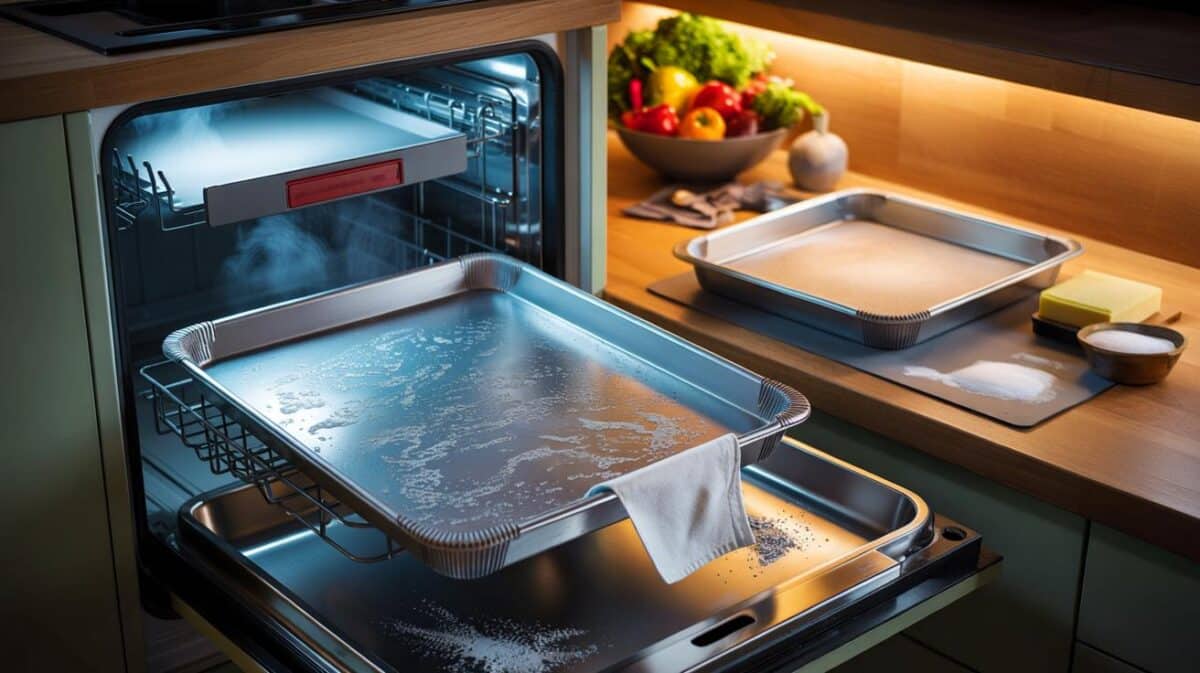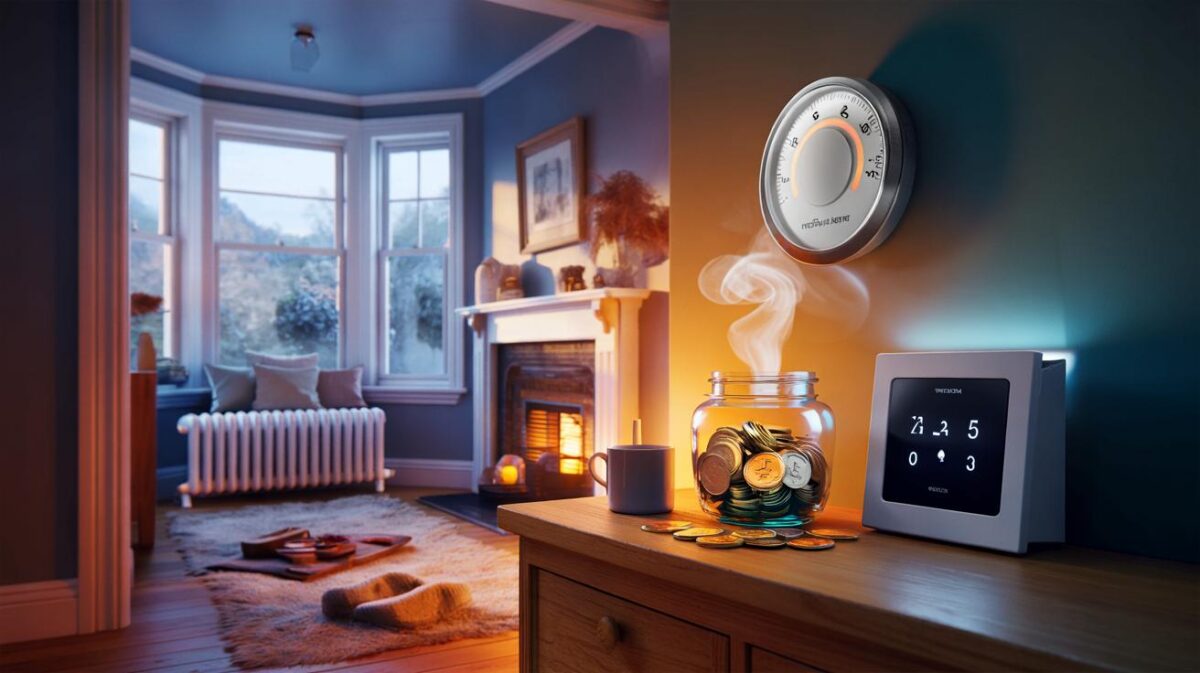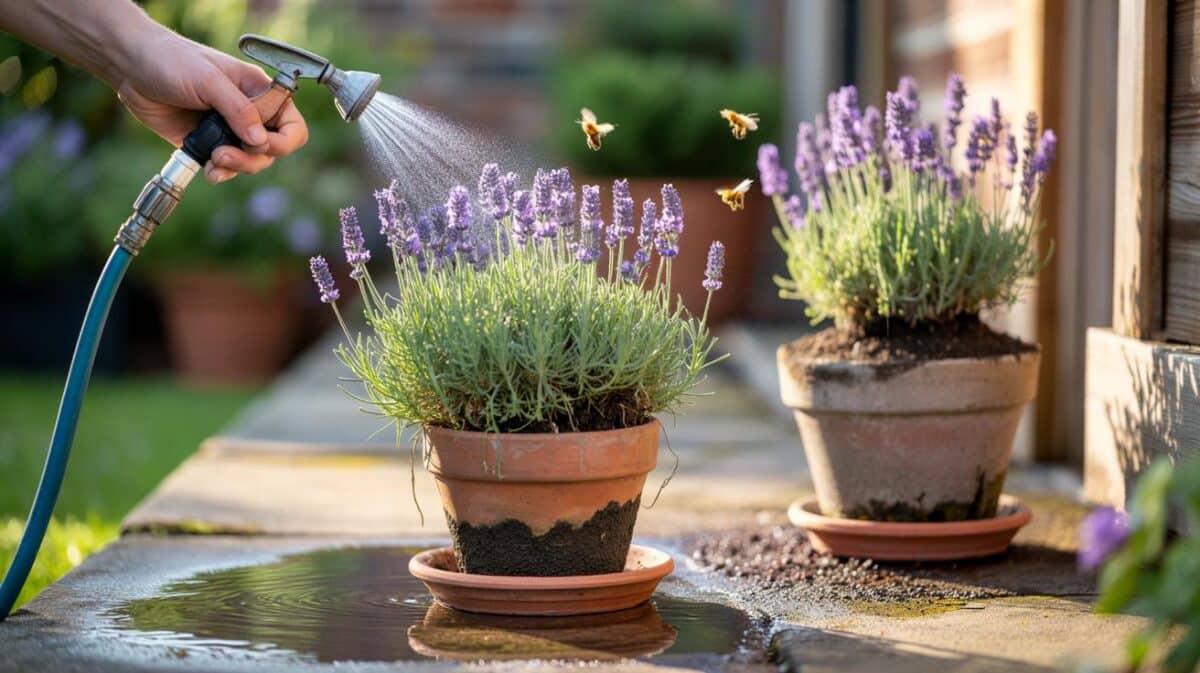The black spots creep back on the grout, no matter how many times you scrub. You’ve sprayed vinegar till the room smells like a chip shop, and still the mould returns. There’s a quicker fix hiding in your bathroom cabinet — and it costs about a pound.
A cramped London shower, steamed mirrors, the tired silicone along the bath already going grey. I’d tried the usual routine: vinegar, elbow grease, windows flung wide in January. Thirty minutes later I had a headache and the spots were smirking at me.
A neighbour swore by something I’d walked past a hundred times in the chemist. I dabbed it onto the black seam, it began to bubble like a tiny science experiment, and the stain loosened without a fight. Ten minutes. No drama. *Yes, that little brown bottle in the first-aid kit.*
The fizz does the heavy lifting.
Meet the bathroom staple that outpaces vinegar
Vinegar has a reputation as the earnest eco hero. It can help, sure, but it’s slow-going on stubborn bathroom mould. The quiet overachiever is **3% hydrogen peroxide** — the cheap antiseptic you use for cuts and mouthwash gargles. It’s sold almost everywhere in Britain, around £1–£2 a bottle, and it’s ready to use straight from the label.
On tiles, grout, silicone, and sealant, hydrogen peroxide bites faster. You spray, it foams, and that gentle fizz works into pores that a wipe can’t reach. In everyday terms, it means you’re more likely to finish the job before your morning coffee goes cold. Less rubbing, fewer passes, less sulking at the bathroom ceiling.
One Saturday I timed it in a rented flat with a classic mould belt along the tub. Vinegar needed a solid half-hour sit before stains would budge. Peroxide foamed for ten minutes, then lifted with a nylon brush and rinse. Not a lab study, just a normal house with normal neglect — the kind we all pretend isn’t happening until guests are due.
The logic isn’t magic; it’s chemistry you can see. Hydrogen peroxide is an oxidiser. It breaks down the stuff that makes mould cling, and the tiny bubbles help lift gunk out of the nooks. Vinegar is acidic, which slows mould growth and can fade light staining, but it rarely punches deep into textured grout as quickly.
Bleach is the flashy cousin here. It can whiten a surface fast, yet on porous materials it may bleach the colour while leaving mould roots behind. That’s why the black rings rebound a week later like nothing happened. Peroxide whitens and disinfects, and because it’s water and oxygen in the end, you’re not stuck with that pool changing-room smell.
There’s a reason medics keep it for wound cleaning at low concentrations. It’s strong on microbes and kinder to the stuff you actually want to keep. The trick is giving it time to fizz, and working smart instead of harder.
How to use hydrogen peroxide so mould doesn’t stand a chance
Go for standard 3% hydrogen peroxide, the first-aid kind. Decant it into a dark spray bottle if you can, because light weakens it. Spray generously on dry mouldy areas, let it sit for 10–15 minutes, then scrub with a soft brush and rinse. For really stubborn silicone, lay a strip of paper towel along the seal, soak it with peroxide, and leave it for up to 30 minutes.
For grout that looks tired and grey, try a paste: a spoon of bicarbonate of soda with a splash of peroxide to form a foam. Spread, sit, scrub, rinse. Work in small zones so the fizz stays active. Open a window or run the extractor, and wear basic cleaning gloves. If a spot looks delicate or oddly coloured, patch test behind a bottle first.
On painted walls, go light — mist, dab, let it work, then wipe. For silicone that’s beyond saving, no cleaner will resurrect it; sometimes the best “clean” is replacing a strip of sealant and starting fresh. It’s an hour’s job, and it transforms a bathroom. Soyons honnêtes: personne ne fait vraiment ça tous les jours.
Some mistakes are universal, and they’re easy to dodge with a little foresight. The big one: **don’t mix chemicals**. No cocktailing with bleach, no stacking with vinegar. Rinse and wait between products. Your lungs will thank you.
Metal brushes and aggressive scourers can gouge grout, giving mould more places to hide next month. Go for nylon. Don’t rush the “dwell time” either. If you wipe too soon, you lose the fizz that does the unglamorous work. And dry things thoroughly at the end — towel the sealant, leave the shower door open, keep the extractor on.
We’ve all had that moment where friends are knocking in twenty minutes and the tiles still look like a train station. Breathe. Hit the worst zone with peroxide, let it sit while you clear the sink, then scrub and rinse. You’ll get more done in less time than with marathon vinegar sessions. Let’s be honest: nobody does that every day.
“Vinegar is a slow nudge. Peroxide is a tap on the shoulder that mould actually listens to,” says a housing officer in Manchester who deals with damp flats weekly. “If tenants only do one thing, I tell them: open the window, then spray peroxide and walk away for ten minutes.”
- Use 3% hydrogen peroxide — not stronger grades — for routine bathroom cleaning.
- Soak, wait 10–15 minutes, then scrub. Dwell time beats brute force.
- Never mix with bleach or vinegar. Rinse between products, or stick to one.
- Ventilate during and after cleaning. Dry surfaces stop mould regrowth.
Keep it gone: simple habits that break the mould cycle
The fastest way to avoid re-scrubbing is boring: cut the moisture. Run the extractor during showers and for 20 minutes after. Squeegee the tiles in thirty seconds. Leave the curtain or door open, and hang towels so they actually dry. If the room has the temperament of a rainforest, a small dehumidifier can be a game changer.
Tackle the usual suspects quietly undermining you. A weeping tap feeds mould. A cracked bead of silicone seeps water into the wall. A cold external corner condenses like a pint glass, so shift the laundry rack away from it. If you’re renting, log damp patches early with photos and dates; you want fixes before the cold snap, not after.
On colder days, a little background heat helps keep walls above the dew point. It’s not about roasting the place — just smoothing those humid spikes after a shower. And once a week, give the worst spots a quick once-over with peroxide. Two minutes now beats an hour of scraping next month. **ventilation beats re-scrubbing**.
You start to notice it after a few weeks. The glass dries faster; the sealant holds its colour; the air smells like the absence of trouble. Peroxide becomes the thing you grab without thinking, like tea bags or plasters. No chest-thumping heroics, just sensible maintenance that actually works.
The little fizz is oddly satisfying — a sign something microscopic is being evicted. It’s not glamorous, and it won’t solve a building’s damp walls or a blown extractor. But as a daily ally, it’s the modest fix that earns its space under the sink. Share it with the next person who’s waging war with a grey line by the bath.
If you’re reading this on the commute, picture your bathroom tonight. One bottle, ten quiet minutes, a soft brush. See what the bubbles do. And if you’ve found your own trick — a faster method, a smarter habit — pass it on. That’s how small domestic revolutions spread.
| Point clé | Détail | Intérêt pour le lecteur |
|---|---|---|
| Hero product | 3% hydrogen peroxide from the first-aid aisle | Cheap, available, faster on bathroom mould than vinegar |
| Method | Spray, wait 10–15 minutes, scrub with nylon, rinse, dry | Less effort, better results, fewer repeat cleans |
| Safety and sense | No mixing with bleach or vinegar; ventilate; patch test | Cleaner air, protected surfaces, zero nasty surprises |
FAQ :
- Is hydrogen peroxide safe on coloured grout?At 3%, it’s generally fine. Patch test in a hidden corner first and don’t leave it sitting for ages on dark, unsealed grout.
- Can I use it on mouldy silicone sealant?Yes. Soak a strip of paper towel with peroxide, press it on the seal, leave 20–30 minutes, then remove and rinse. If the mould is deep inside old silicone, replacing the bead is the cleanest fix.
- Is bleach faster than peroxide?On non‑porous white surfaces, bleach can whiten quickly. Peroxide tends to penetrate textured grout better and doesn’t leave the heavy bleach odour.
- What if my bathroom has no window?Use the extractor for at least 20 minutes after showers, prop the door open, and consider a compact dehumidifier. Drying surfaces is half the battle.
- Can I mix vinegar and hydrogen peroxide for extra power?No. Keep them separate and rinse between products. Mixing can create unwanted reactions and harsh fumes. One product, one pass.









